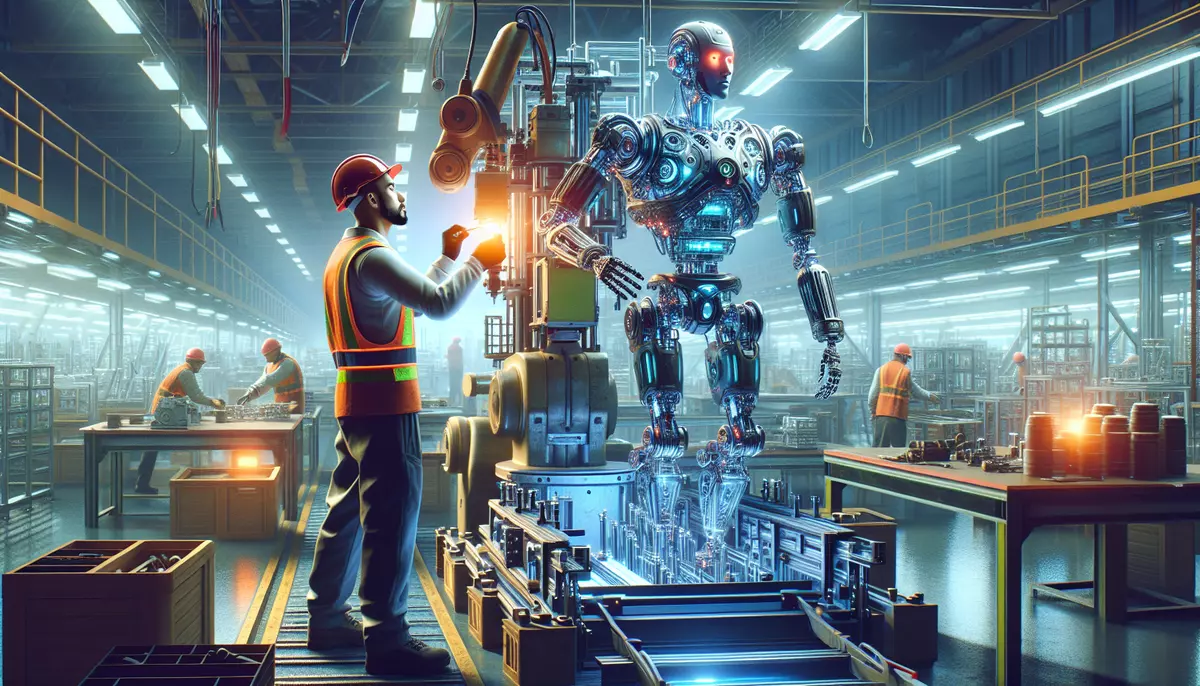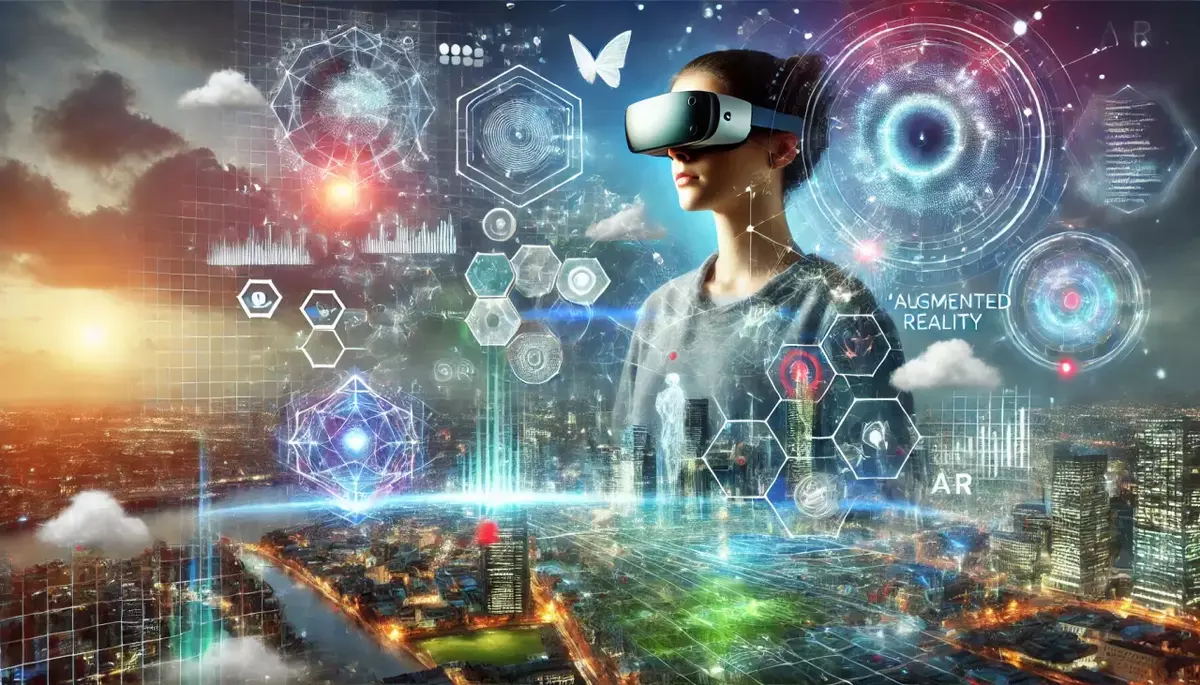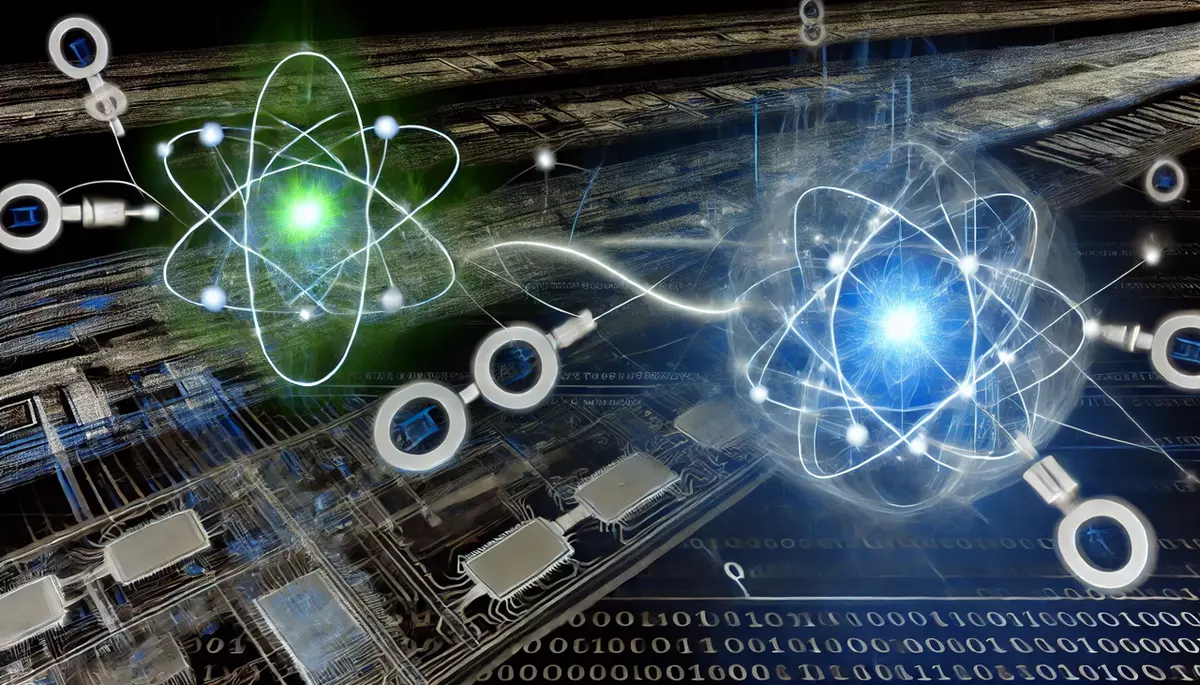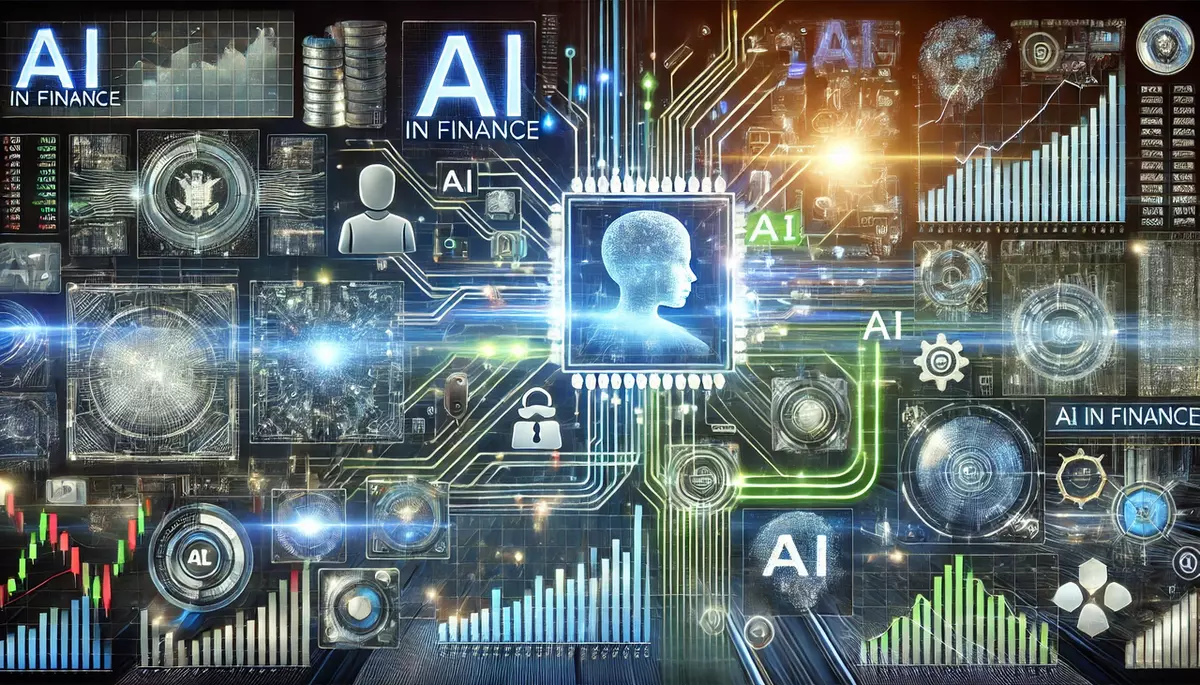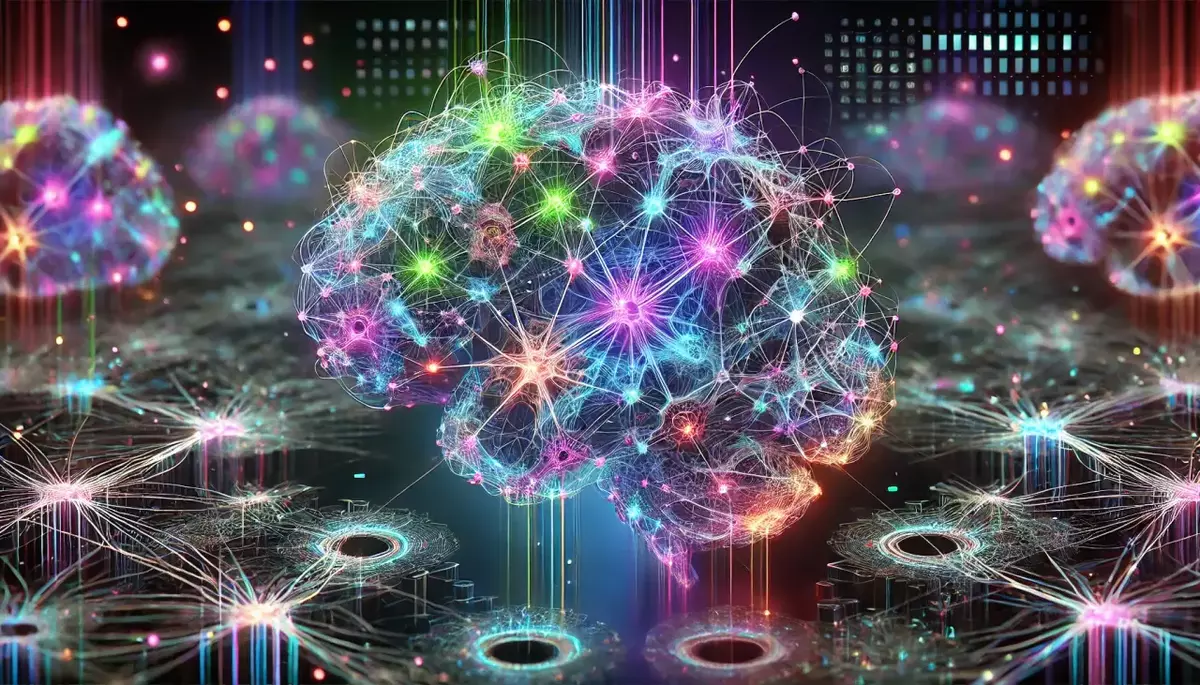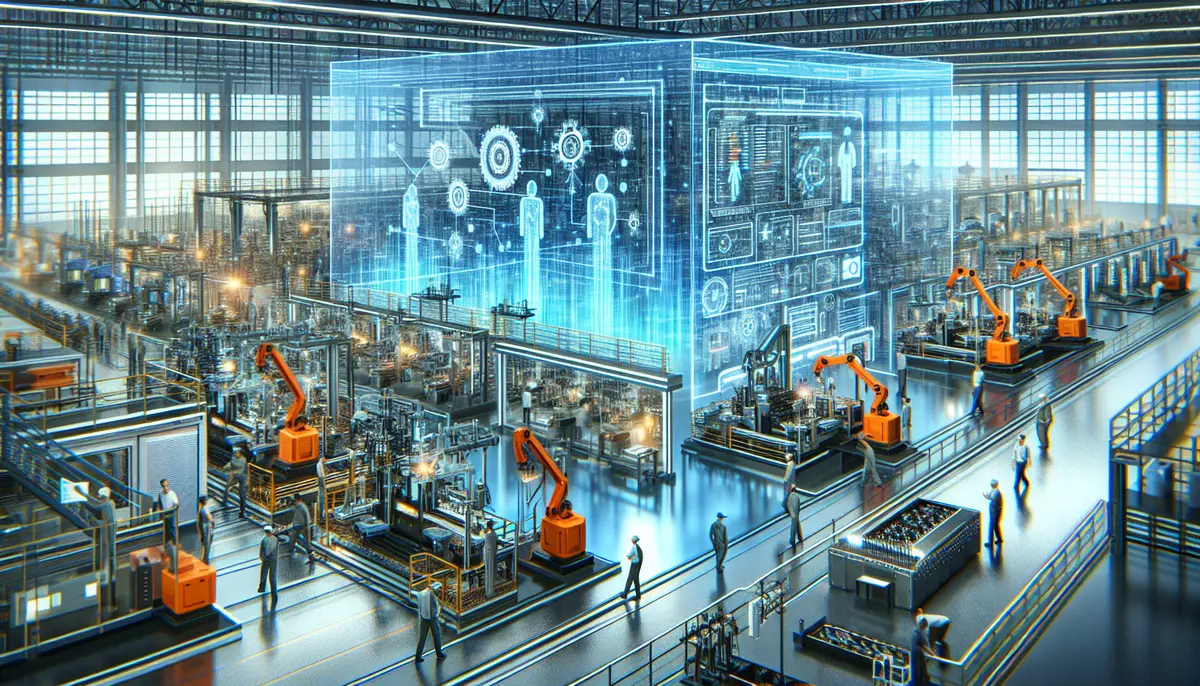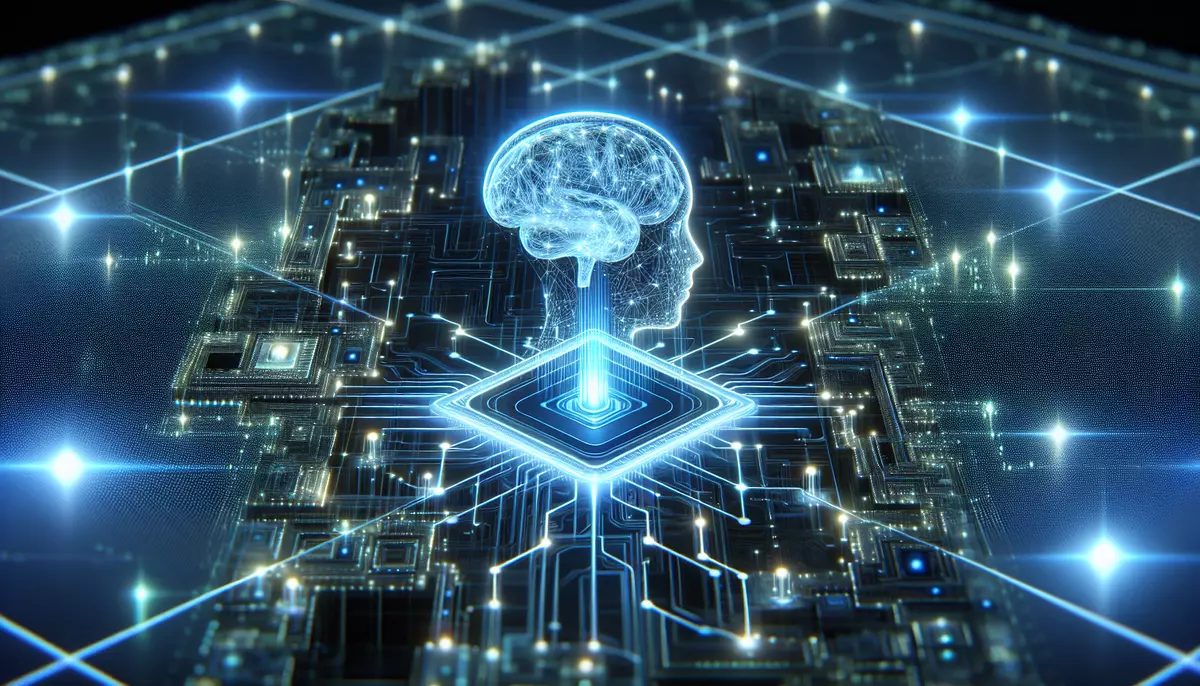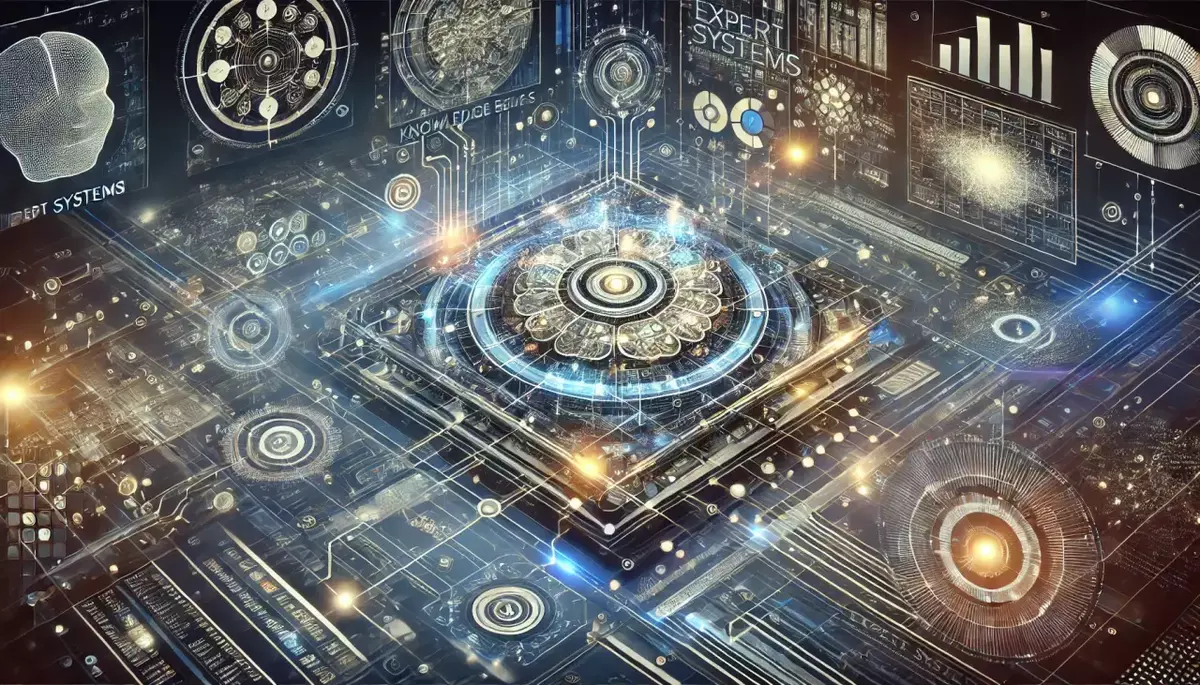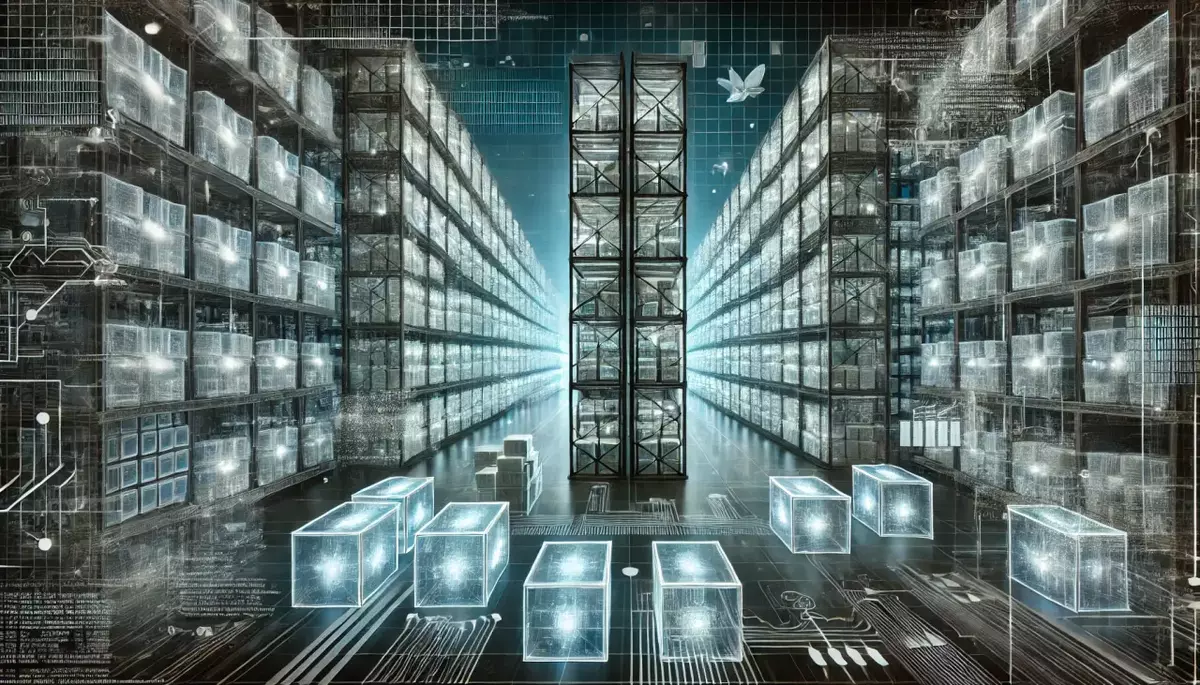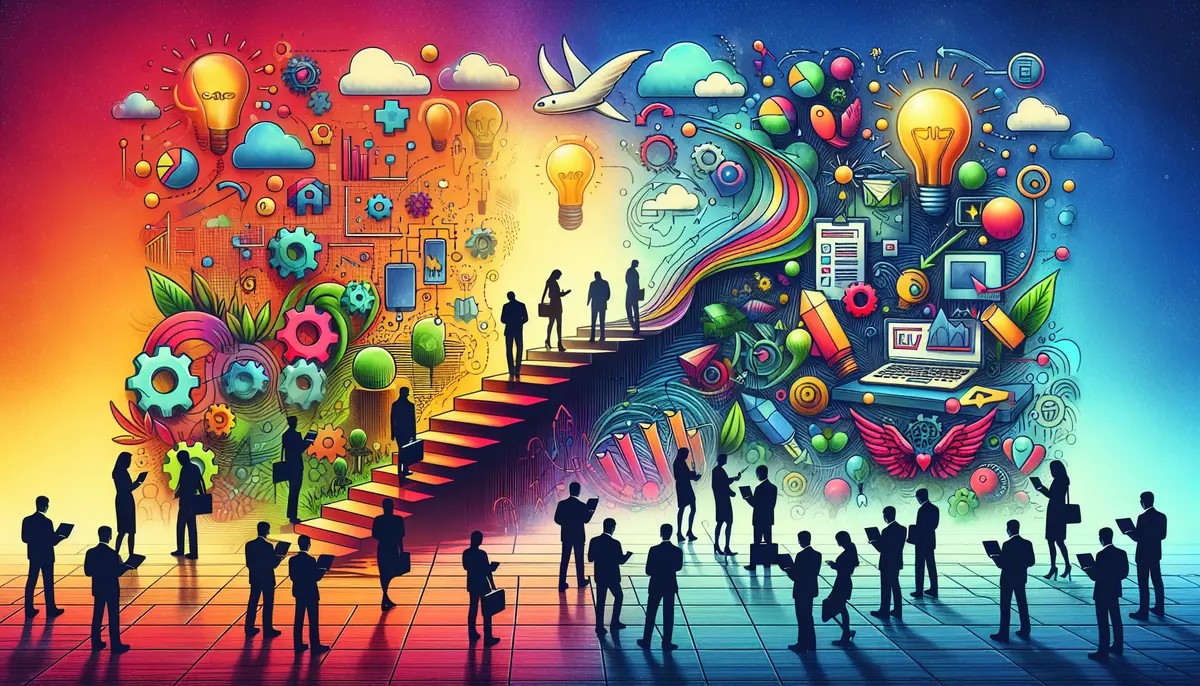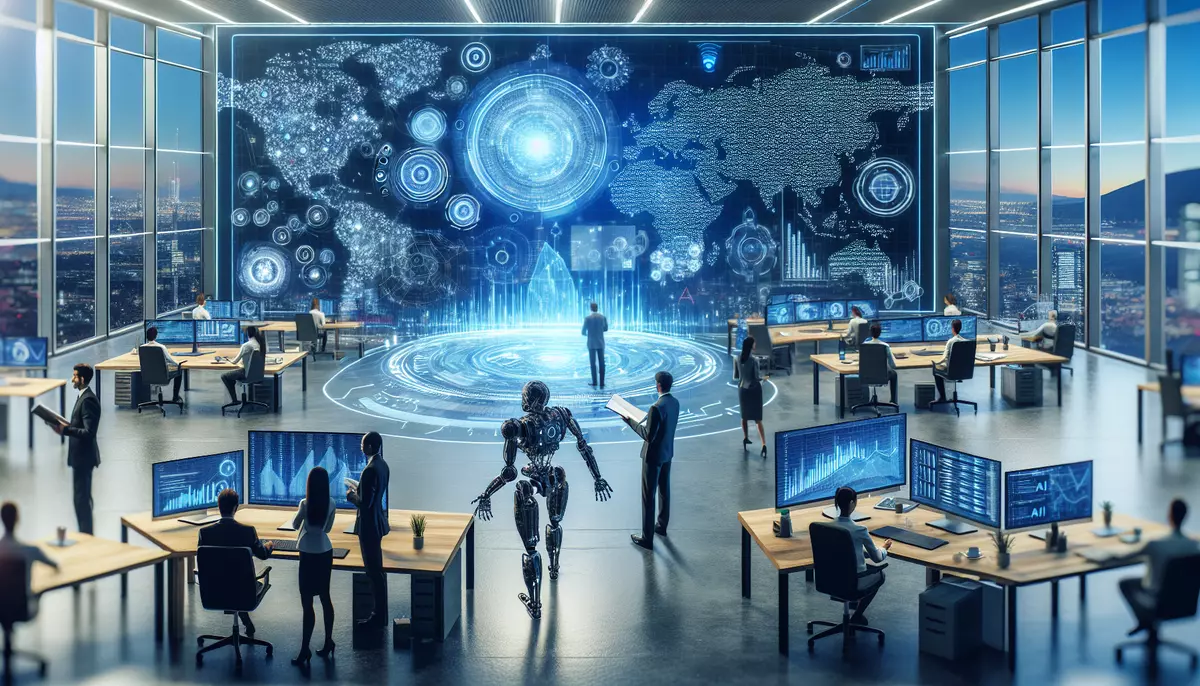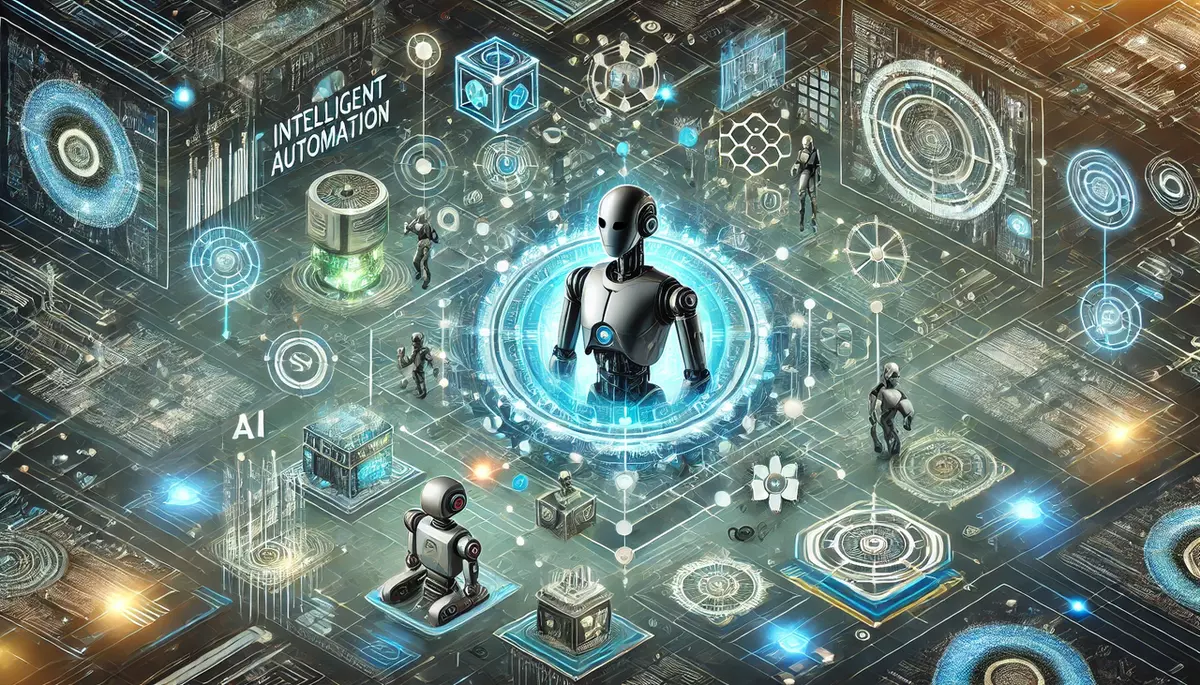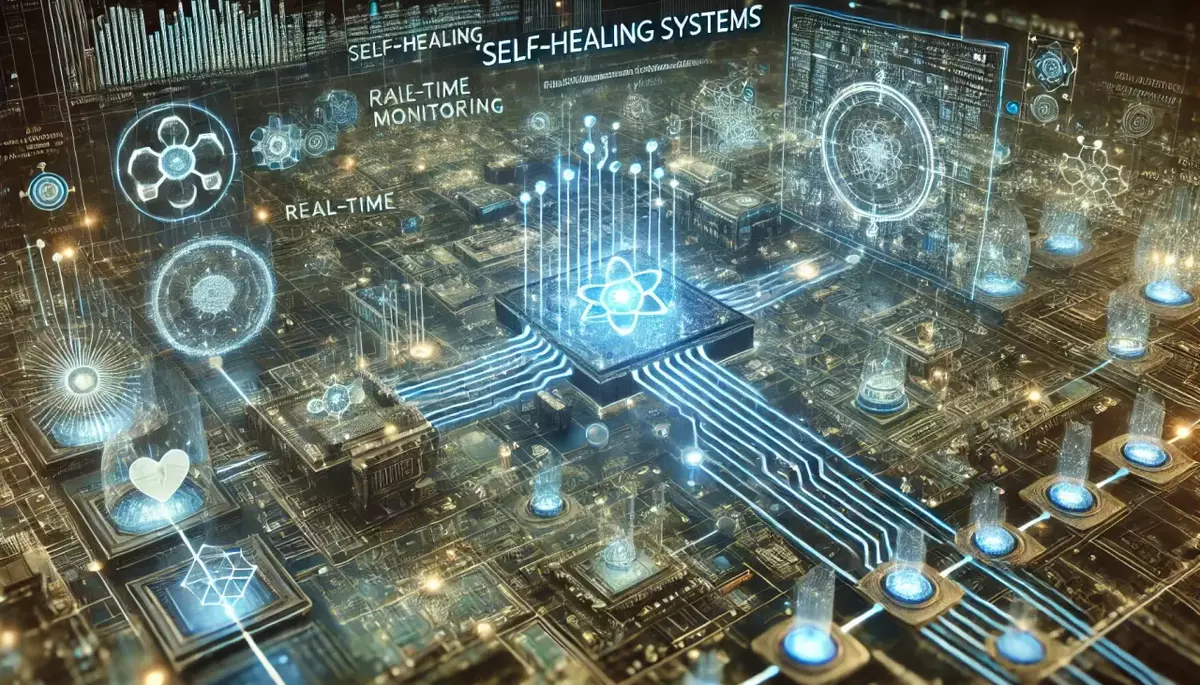Introduction
Human-robot collaboration in manufacturing is a rapidly evolving field that combines the strengths of human workers and robotic systems to enhance productivity, efficiency, and safety in industrial settings. This knowledge article explores the key aspects of this collaborative approach, its benefits, challenges, and the latest advancements shaping the future of human-robot interaction in manufacturing.
What is Human-Robot Collaboration in Manufacturing?
Human-robot collaboration in manufacturing refers to the integration of human workers and robotic systems to perform tasks in a shared workspace. This approach leverages the complementary capabilities of humans and robots, allowing them to work together seamlessly to achieve optimal results.
Key Characteristics of Human-Robot Collaboration:
- Shared Workspace: Humans and robots work in close proximity, often without physical barriers separating them.
- Task Allocation: Tasks are divided between humans and robots based on their respective strengths and capabilities.
- Real-time Interaction: Humans and robots communicate and coordinate their actions in real-time to adapt to changing conditions.
- Safety Measures: Advanced safety systems and protocols are implemented to ensure the well-being of human workers.
Benefits of Human-Robot Collaboration in Manufacturing
The integration of human and robotic systems in manufacturing offers several key benefits:
Increased Productivity and Efficiency
- Robots can handle repetitive, high-volume tasks with speed and precision, while humans focus on more complex, cognitive-intensive work.
- The collaborative approach allows for a more flexible and adaptable production process, enabling manufacturers to respond quickly to changing market demands.
Enhanced Safety
- Robotic systems can take over hazardous or physically demanding tasks, reducing the risk of injury to human workers.
- Advanced safety features, such as collision avoidance and real-time monitoring, help protect human workers in the shared workspace.
Improved Product Quality
- Robots can perform tasks with high accuracy and consistency, leading to improved product quality and reduced defects.
- Humans can provide valuable insights and problem-solving skills to address quality issues and optimize production processes.
Challenges in Human-Robot Collaboration
While human-robot collaboration in manufacturing offers significant benefits, it also presents several challenges that must be addressed:
Technological Limitations
- Ensuring seamless communication and coordination between humans and robots can be technically complex.
- Developing robust safety systems to protect human workers in the shared workspace is a critical challenge.
Workforce Adaptation
- Integrating robotic systems into the manufacturing workflow requires training and upskilling of human workers.
- Addressing concerns about job displacement and the impact on the workforce is essential for successful implementation.
Regulatory and Ethical Considerations
- Developing appropriate regulations and guidelines to ensure the safe and ethical deployment of human-robot collaboration systems.
- Addressing concerns about data privacy, liability, and the impact on the workforce.
Advancements in Human-Robot Collaboration
The field of human-robot collaboration in manufacturing is rapidly evolving, with several key advancements shaping the future of this technology:
Sensor and Perception Technologies
- Improved sensors and computer vision systems enable robots to better perceive and respond to their human counterparts.
- Advanced tactile and force-sensing capabilities allow robots to work safely and collaboratively with humans.
Adaptive and Intuitive Interfaces
- Intuitive user interfaces and natural language processing enable seamless communication and interaction between humans and robots.
- Adaptive control systems allow robots to dynamically adjust their behavior based on the human worker’s actions and preferences.
Artificial Intelligence and Machine Learning
- AI-powered decision-making and learning algorithms enable robots to adapt to changing environments and tasks.
- Machine learning techniques help robots understand and anticipate human behavior, improving collaboration and safety.
Conclusion
Human-robot collaboration in manufacturing represents a transformative approach that harnesses the strengths of both human workers and robotic systems. By integrating these complementary capabilities, manufacturers can achieve enhanced productivity, efficiency, and safety, while addressing the challenges and ethical considerations that come with this evolving technology. As advancements in sensor technology, adaptive interfaces, and AI continue to shape the future of human-robot collaboration, manufacturers must stay at the forefront of this exciting field to remain competitive and responsive to the changing demands of the industry.
This knowledge base article is provided by Fabled Sky Research, a company dedicated to exploring and disseminating information on cutting-edge technologies. For more information, please visit our website at https://fabledsky.com/.
References
- Cherubini, A., Passama, R., Crosnier, A., Lasnier, A., & Fraisse, P. (2016). Collaborative manufacturing with physical human-robot interaction. Robotics and Computer-Integrated Manufacturing, 40, 1-13.
- Michalos, G., Makris, S., Papakostas, N., Mourtzis, D., & Chryssolouris, G. (2010). Automotive assembly technologies review: challenges and outlook for a flexible and adaptive approach. CIRP Journal of Manufacturing Science and Technology, 2(2), 81-91.
- Bauer, A., Wollherr, D., & Buss, M. (2008). Human-robot collaboration: a survey. International Journal of Humanoid Robotics, 5(01), 47-66.
- Haddadin, S., Albu-Schäffer, A., & Hirzinger, G. (2009). Requirements for safe robots: Measurements, analysis and new insights. The International Journal of Robotics Research, 28(11-12), 1507-1527.
- Tsarouchi, P., Makris, S., & Chryssolouris, G. (2016). Human–robot interaction review and challenges on task planning and programming. International Journal of Computer Integrated Manufacturing, 29(8), 916-931.

